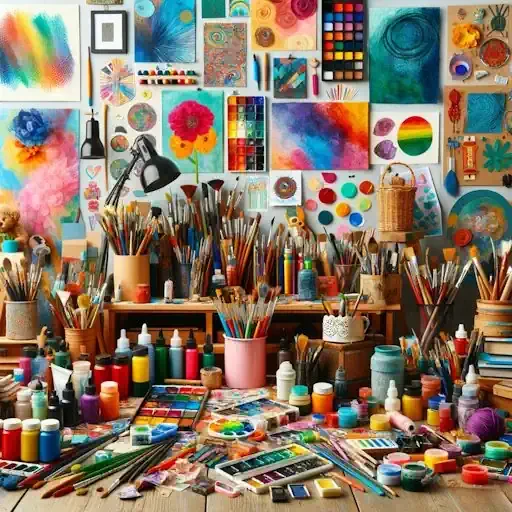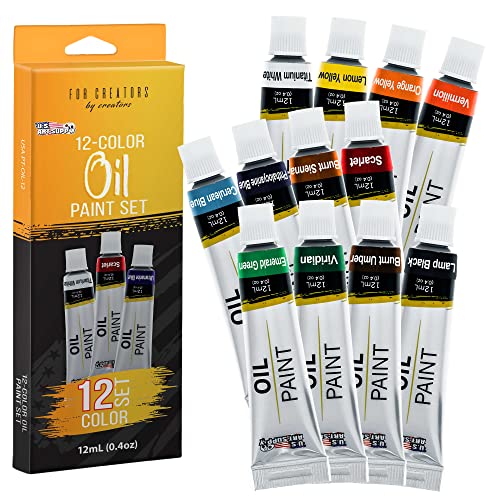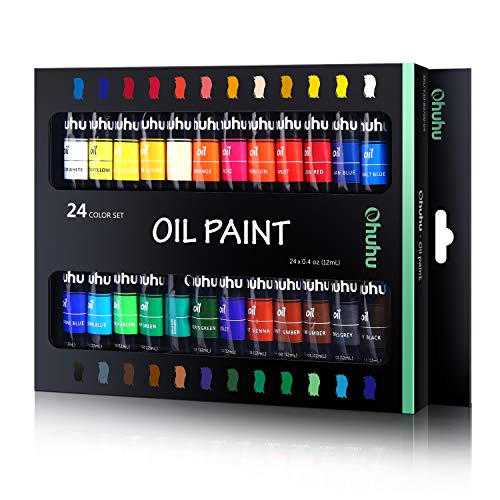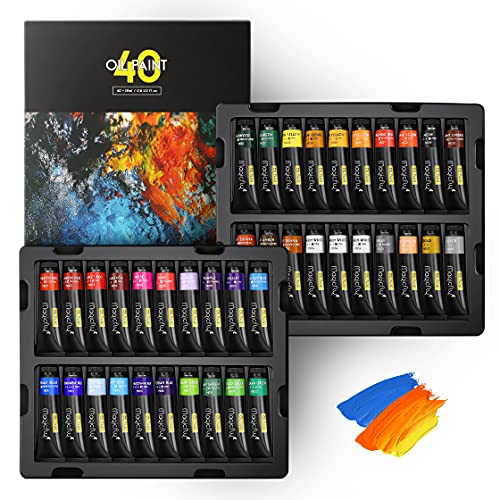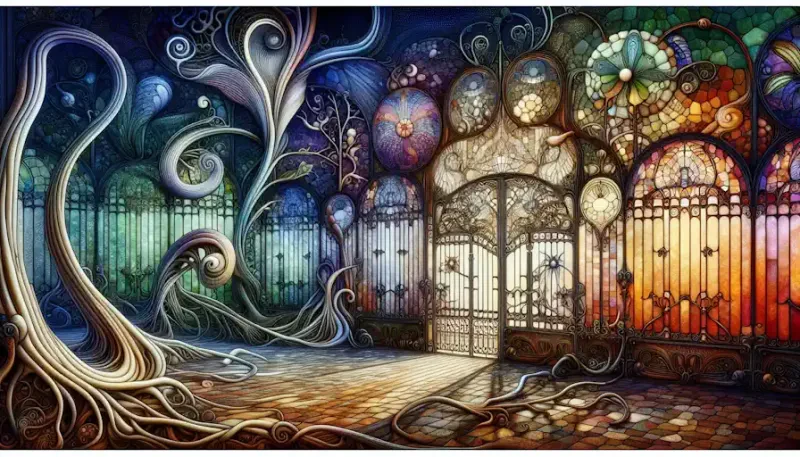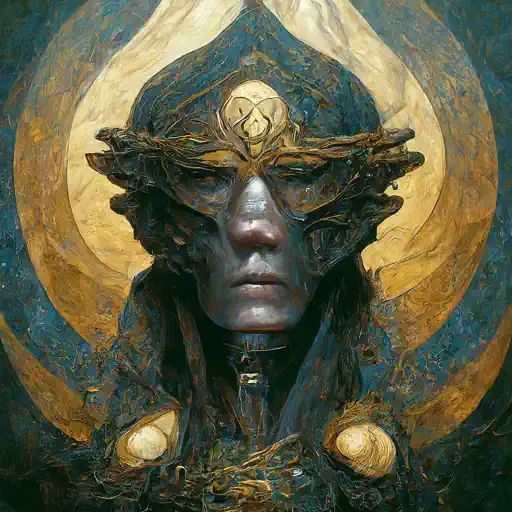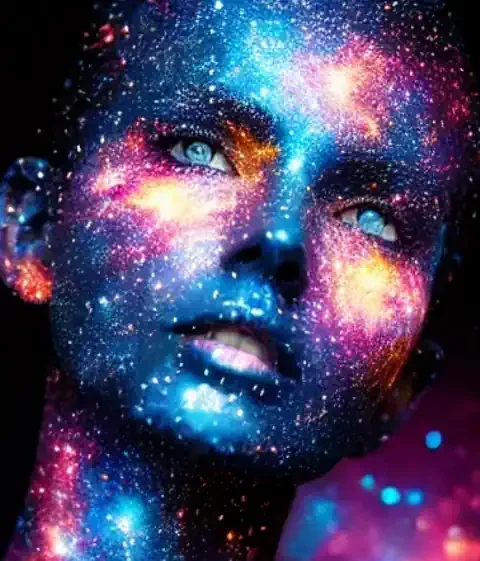Mixed media art, a realm where diverse materials and techniques converge, offers limitless possibilities for creative expression. By combining various art supplies, artists can explore unique textures, forms, and aesthetics, transcending traditional boundaries of artistic creation. This article dives into the essential supplies that fuel the magic of mixed media, empowering artists to embark on a journey of innovative and eclectic art-making.
Understanding Mixed Media Art
At its core, mixed media art involves the use of multiple artistic mediums in a single artwork. This approach allows artists to layer and juxtapose different materials, creating complex and multifaceted compositions. The beauty of mixed media lies in its inclusivity and flexibility, inviting artists of all skill levels to experiment and innovate.
Essential Mixed Media Supplies
Acrylic Paints: Acrylics are a staple in mixed media art due to their versatility and fast drying time. They can be used on a variety of surfaces and mixed with other mediums to achieve different textures and effects.
Watercolors: Offering a translucent and fluid quality, watercolors bring a softness and depth to mixed media pieces. They work well in combination with other water-based mediums and can create ethereal backgrounds or detailed elements.
Pastels: Both oil and soft pastels add vibrancy and a tactile quality to mixed media art. They can be used for bold, expressive strokes or subtle shading, and blend well with other mediums.
Markers and Pens: Fine liners, markers, and pens provide precision and detail in mixed media art. They are ideal for adding definition, doodles, or intricate designs to a piece.
Collage Materials: Collage elements such as papers, fabrics, and found objects add an exciting dimension to mixed media art. These materials can create narrative, texture, and visual interest in a composition.
Textured Papers and Cardstocks: Textured papers, including handmade or specialty papers, introduce a tactile element to artwork. They can serve as a canvas or be incorporated as collage pieces.
Mediums and Gels: Gel mediums, modeling pastes, and gesso are crucial for creating texture and building layers. They can be mixed with paints or used independently to achieve various effects.
Adhesives: A variety of adhesives, such as glue, mod podge, or double-sided tape, are necessary for securing collage materials and ensuring the durability of the artwork.
Tools for Texture: Items like brushes, palette knives, sponges, and stamps are essential for applying and manipulating materials. These tools help in creating diverse textures and patterns.
Tips for Starting with Mixed Media
Experiment Freely: Mixed media art is all about experimentation. Don’t be afraid to try new combinations of materials and techniques.
Layering Is Key: Building layers is a fundamental aspect of mixed media. Start with lighter, more transparent mediums and gradually add opaque or textured elements.
Embrace Imperfections: Imperfections can add character and uniqueness to your art. Let the materials guide your creative process.
Keep a Journal: A mixed media journal is a great way to practice and keep track of your experiments and ideas.
Conclusion
The world of mixed media art is a playground of imagination, where artists can freely mix, match, and meld various materials to create something truly unique. The key to mastering mixed media lies in understanding the properties of different supplies and how they interact with each other. With the right tools and an open mind, every artist can unlock the magic of mixed media, creating artworks thatare not only visually stunning but also rich in texture and meaning.
Innovative art creation often starts with a simple desire to explore and express. Mixed media art offers this exploratory space, where traditional rules are set aside, and personal expression takes the forefront. Whether it's through the blending of acrylics and watercolors, the incorporation of textured papers, or the addition of unexpected elements like fabric or metal, each choice contributes to the narrative and emotion of the artwork.
The Role of Creativity and Personal Style
In mixed media art, your personal style and creative vision are paramount. This art form encourages individuality, allowing artists to develop a unique voice that resonates throughout their work. Your choice of materials, colors, textures, and techniques becomes a reflection of your artistic identity. As you experiment with different supplies, you'll discover preferences and techniques that define your style.
Environmental Considerations and Sustainability
In today's environmentally conscious world, mixed media artists are increasingly turning to sustainable and recycled materials. Using found objects, repurposed items, and eco-friendly art supplies not only reduces environmental impact but also adds an intriguing layer of storytelling to your art. Embracing sustainability in mixed media art can lead to innovative uses of materials, challenging artists to think creatively about their resource choices.
Community and Learning
The mixed media art community is a vibrant and supportive space where artists of all levels can share ideas, techniques, and inspirations. Engaging with this community, whether online or in-person, can provide valuable insights and encouragement. Workshops, tutorials, and art classes are also excellent ways to learn new techniques and refine your skills.
Final Thoughts
Mixed media art is a journey of continuous learning and experimentation. As you delve into this dynamic and versatile form of art, remember that the process is just as important as the outcome. The freedom to experiment with a variety of supplies and techniques is what makes mixed media so captivating and fulfilling.
Mixed media art offers a unique opportunity for artists to push the boundaries of creativity and explore a multitude of artistic expressions. With the right supplies and an adventurous spirit, the possibilities are endless. Whether you're a seasoned artist or just starting, mixed media art invites you to embark on a journey of discovery, experimentation, and boundless creativity.
